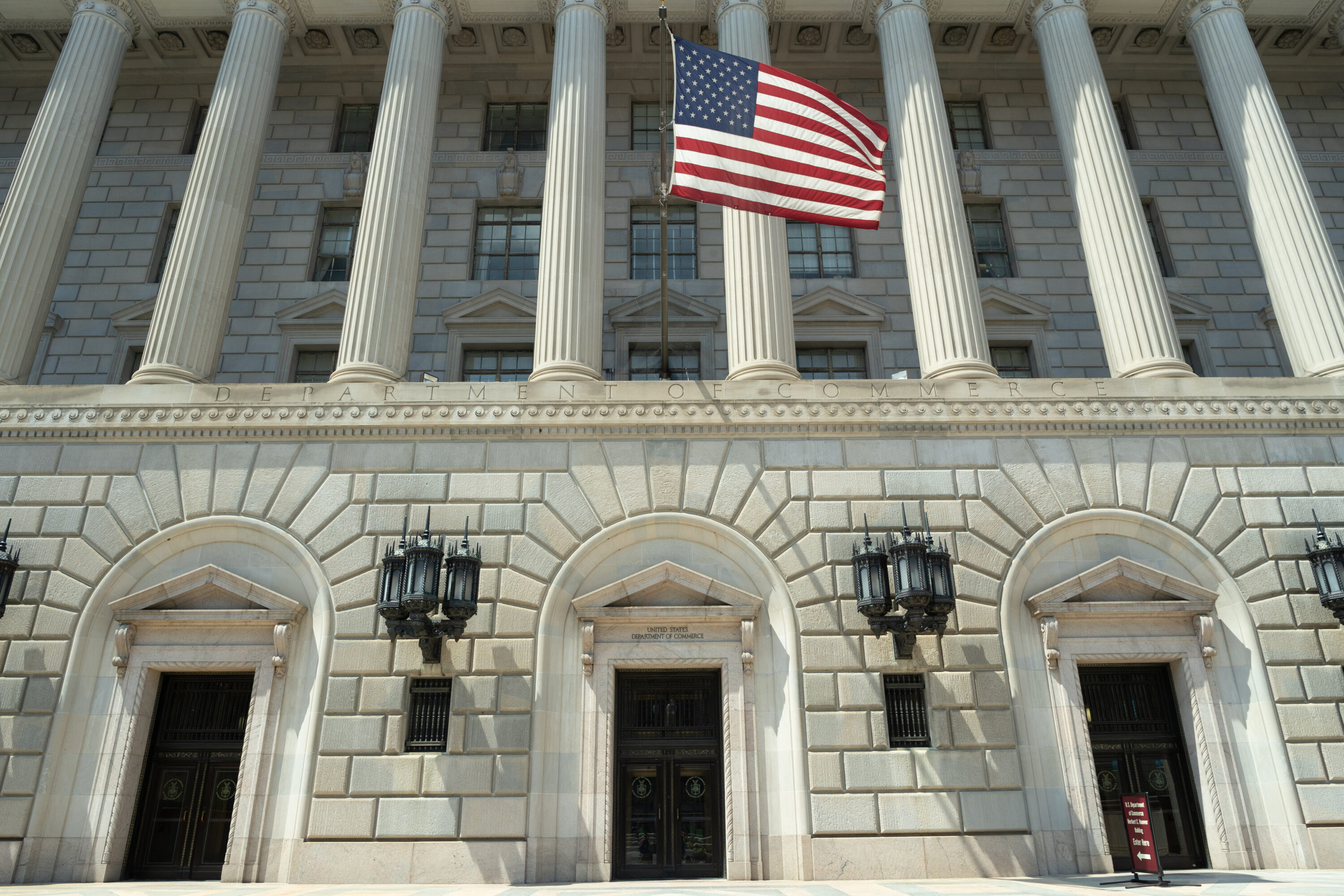Bussiness
AICPA Survey: Business Executives Continue Their Seesaw Outlook on the U.S. Economy – Inside Public Accounting

It’s been a pattern since the end of 2022: Business executives’ optimism about the U.S. economy falls one quarter, rises the next, then dips again the following quarter.
That same trend held steady in the second-quarter AICPA & CIMA Economic Outlook Survey, with respondents adopting a more pessimistic outlook on the economy’s prospects after a significant rebound in sentiment last quarter. The survey polls CEOs, CFOs, controllers and other CPAs in U.S. companies who hold executive and senior management accounting roles.
Some 35% of business executives said they were optimistic about the economy’s prospects over the next 12 months, down from 43% last quarter. The overall trend over the past year has been positive – optimism stood at only 14% a year ago – but the chart over the past year (and the year before it) has been a consistent zig-zag quarter to quarter.
“There are conflicting signals in our latest results,” said Tom Hood, AICPA & CIMA’s executive vice president for business engagement and growth. “On the one hand, inflation worries are about where they were a year ago, but over the course of the past year we saw a dip and then a steady rise in concern. So, there’s a perception of worsening conditions. On the other hand, revenue and profit expectations have been ticking up in recent quarters, which signals underlying strength in the economy. Our observation is the mix of confusing or conflicting stats is causing this ongoing sideways movement across these indicators.”
Another factor injecting uncertainty is that it’s an election year. While business executives’ top three concerns – inflation, employee and benefit costs, and availability of skilled personnel – remain unchanged from last quarter, “domestic political leadership” moved up three spots to No. 4 on the list.
The hiring outlook remains strong, but shows some signs of softening. Some 29% of business executives said they have too few employees, with 16% saying they were looking to hire immediately and 13% saying they were hesitant to recruit due to uncertainty. That’s a shift from last quarter when 37% of respondents said they had too few employees, and 22% said they were looking to hire immediately.







